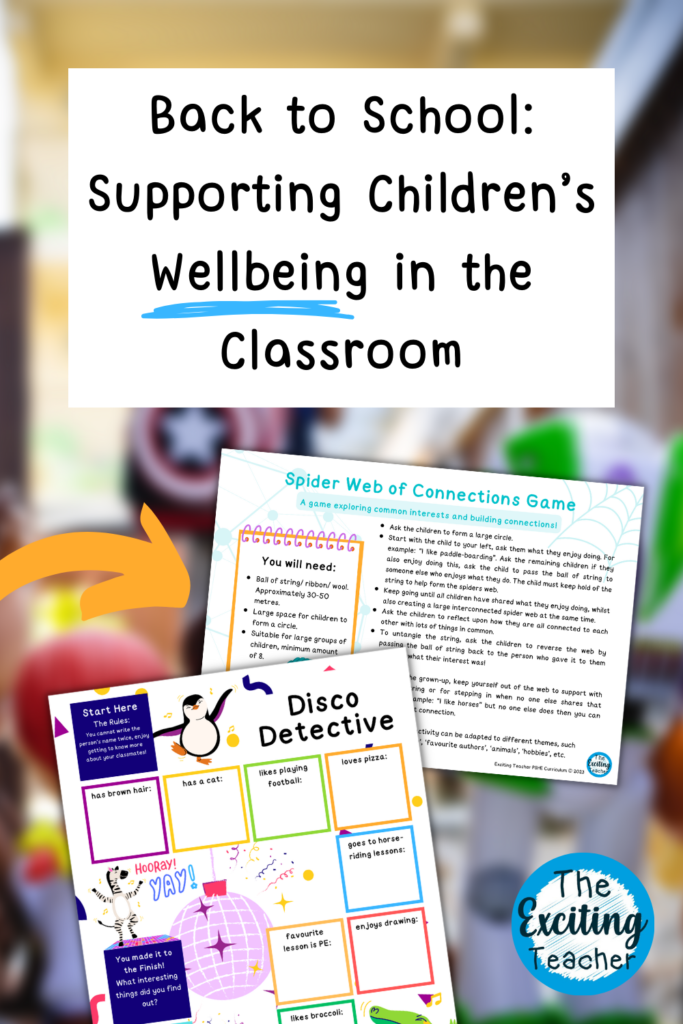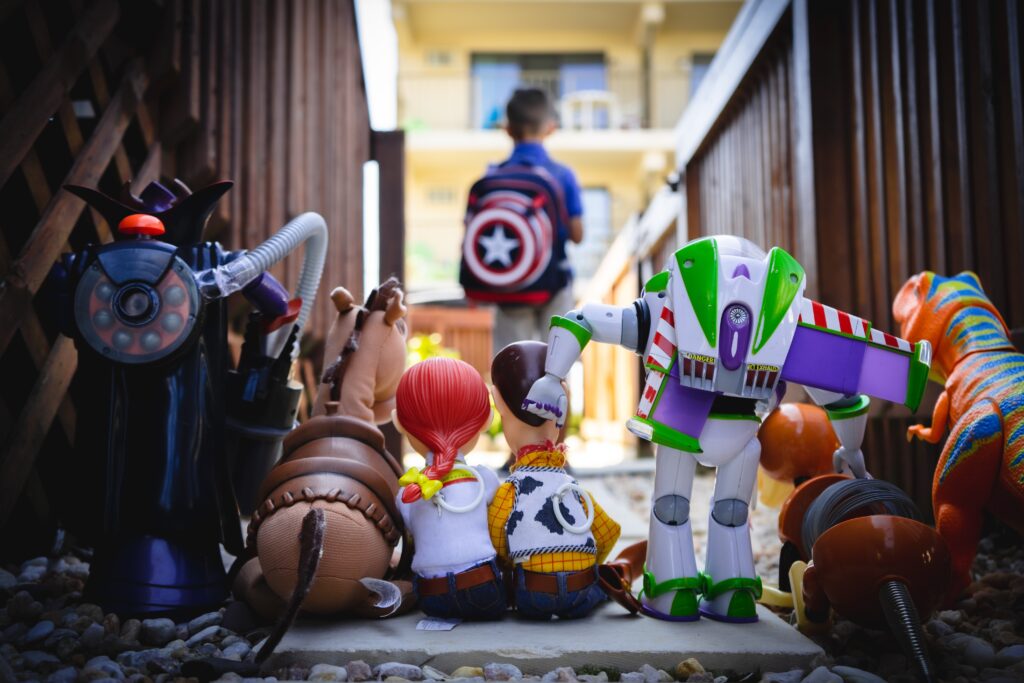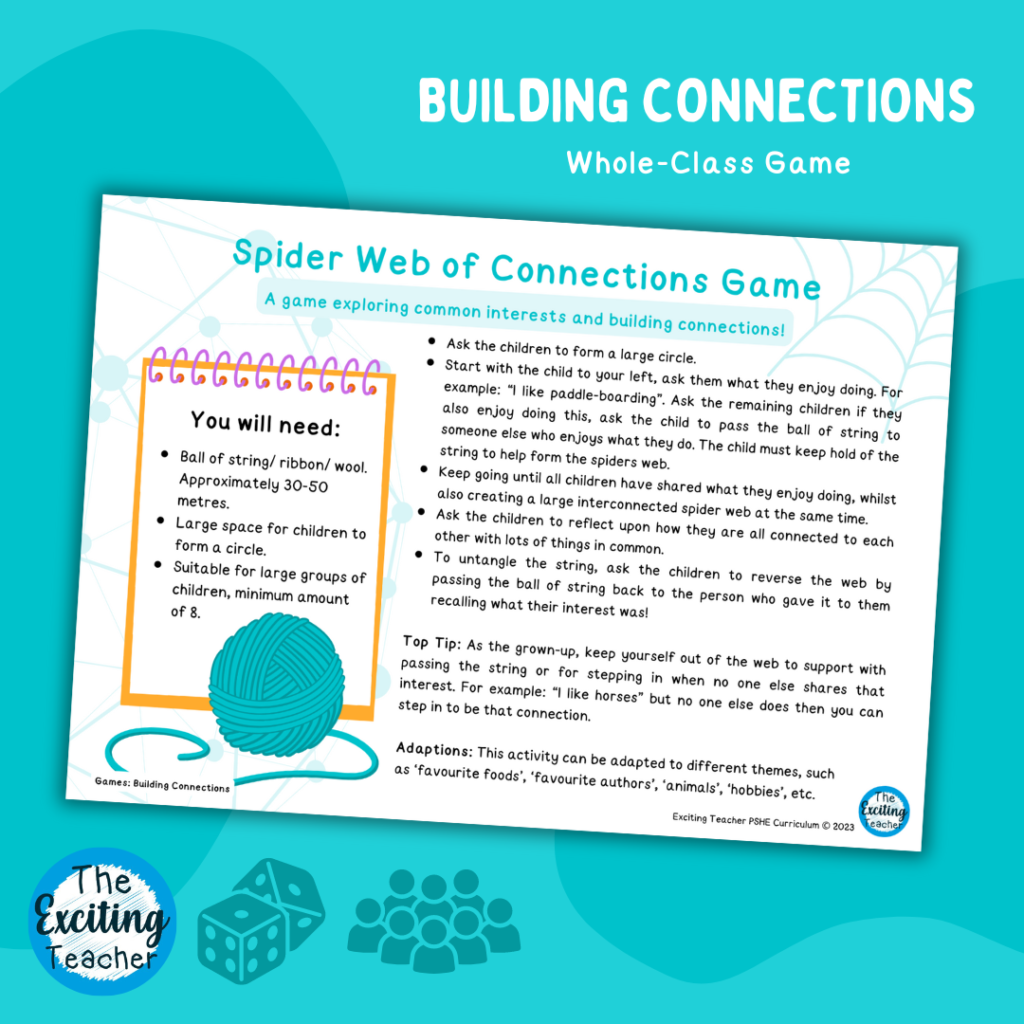Returning back to school after the summer holidays can be an anxious and overwhelming time for many children. As teachers, it is so important that we are sensitive to this and prioritise the children’s emotional wellbeing during this transition period. For many children, it will be a new classroom, a new teacher, sometimes a new part of the school and this can come with a range of emotions.
Here are some tips on how we can best support our children as they come back to school:
1. Set the tone:
From the moment students walk through the classroom door, we want to create a warm, welcoming environment. Greet each child individually with a smile and a positive comment to help put them at ease. Set the tone by setting them a morning task to help them feel calm and comfortable in their new class. For example, use some mindfulness-inspired morning slides to keep them occupied!
2. Allow time for reconnecting:
Make time for community building activities so children can share summer stories and get reacquainted with peers. Simple icebreaker games work well for lightening the mood and taking the focus off all of the change that may have happened alongside the school year ahead.
3. Be understanding about feeling anxious:
Some children, especially younger ones, may experience separation anxiety after the long break from school amongst other worries. Validate their feelings, provide extra encouragement and be an emotionally available adult for them to talk to. For more information on supporting children with managing their worries, check out our Professionals Guide here. Please be aware that this is not a replacement for professional support, if you are increasingly concerned about a child then seek professional guidance and support.
4. Review classroom procedures:
Take time to walk through expected behaviors for transitions, independent work time, group work, etc. Clear expectations prevent confusion and disruptions. This will work to ensure that all children feel safe and secure in their new classroom environment. Consistency is key!
5. Prioritise wellbeing check-ins:
Start each morning back to schoool by checking in on how the children are feeling. You might have them rate their mood on a scale, pick an emoji, or select a pebble. The possibilities are endless! Don’t forget to follow up with individual students reporting unhappiness. This should be a safe, comfortable, and accessible check-in that is completed 1:1.
6. Incorporate community builders:
Fun team-building activities encourage positive peer relationships and class connections. They also give shy children an opportunity to open up. We have a selection of fun ice-breaker games that are bound to get every child engaged and sharing their interests.
7. Offer sensory breaks and tools:
To help ease anxious or restless energy, set up a calming corner with books, stress balls, coloring sheets or other sensory materials for self-regulation. Children can then visit the space as needed.
8. Get moving:
Physical activity promotes feel-good endorphins and helps children concentrate. Brain breaks of 5-10 minutes can go a long way. Some ideas include playing an active game, completing some calm yoga or a simple round of ‘simon says’.
9. Check-in throughout the day:
Continue taking emotional temperature checks at key times like breaktime, lunch, or at the end of the day. Be mindful of children who may be struggling and offer individual check-ins for these children.
10. Celebrate progress:
Note any small wins or milestones with encouragement. Spot effort for giving things a try! Give behavior-specific praise for on-task participation, acts of kindness, completing tasks, etc. This will work to build your bond with your class and promote building confidence in your classroom environment!
Going back to school is full of potential but also apprehension. With empathy and care, we can ease children through this transition and set them up for success socially, emotionally, and in their learning. Prioritising wellbeing at the start ensures classrooms where children feel safe, valued, and ready to learn. Let us know how it goes by tagging us on Social Media or leaving a comment below!
Share on:
Pin this:




